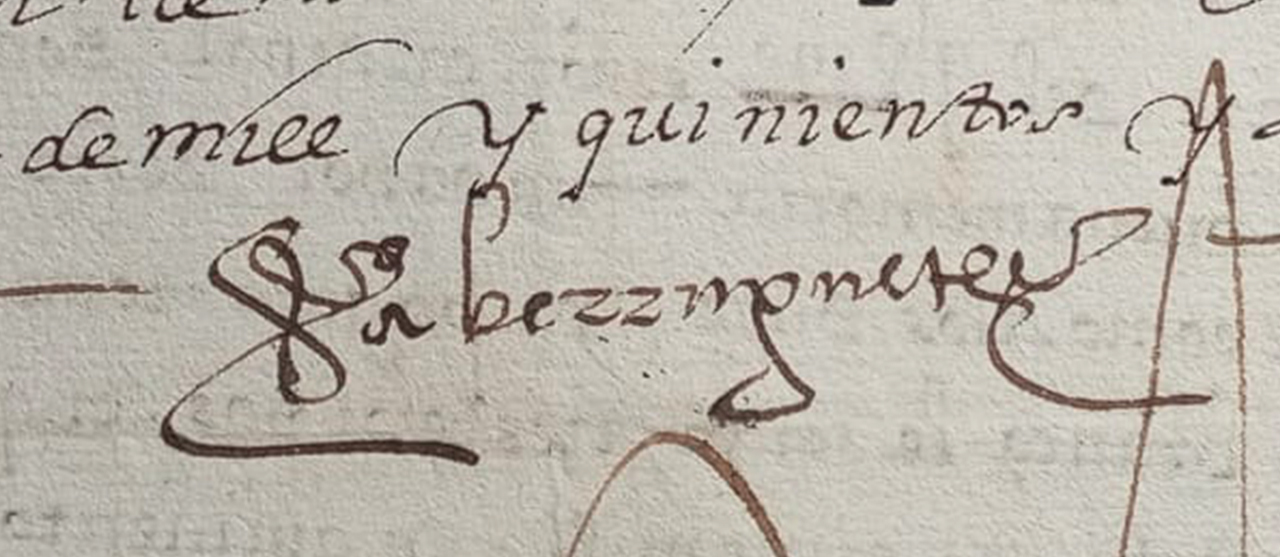The altarpiece
The theme: the Transfiguration of Christ on Mount Tabor.
This altarpiece for the high altar was commissioned in 1559, in Valladolid, to Alonso de BerrugueteThe chapel was dedicated to María de Mendoza, the sole patron saint of the chapel after the death of her husband, Francisco de los Cobos. In correspondence with the main façade, the theme was to be the Transfiguration of Christ on Mount TaborBerruguete had already worked on this scene in the choir of Toledo Cathedral.
The Transfiguration is the culmination of the History of Salvation and, therefore, the axis of the whole iconographic discourse of this church, whose patron saint is the Divine Saviour.. During the Transfiguration, which occurred shortly before the Passion, three disciples, Peter, James and John are called to contemplate, for the first time, the divinity of Jesus, which is proclaimed by the voice of the Father and symbolised by a luminous radiance that envelops him. There also appear Moses and ElijahThe two fundamental characters of the Hebrew Bible, the first representing the Law and the second the Prophets. His presence would confirm that Jesus is the Saviour announced in the Old Testament.. [images 1 and 2]
The restoration and restitution of Juan Luis Vassallo
This magnificent altarpiece, with its colossal figures and complex composition, which seeks to emphasise movement, was almost completely destroyed. during the Civil War, as only the figure of Christ was saved. [image 3]. Between 1955 and 1969 the Cadiz sculptor, Juan Luis Vassallo -commissioned by the Marquises of Camarasa and the Dukes of Medinaceli, don Rafael de Medina y Vilallonga and Doña Victoria Eugenia Fernández de CórdobaThe last blood patrons of this Chapel of the Saviour. reconstructed the figures of Moses, Elijah and the three apostles and restored that of the Saviour.He restored the mutilations and damaged parts with great sensitivity and attention. In order to create the five mangled figures at the feet of the Saviour, he carefully studied both the existing graphic information and Berruguete's work and then set about creating a group which, without being an exact copy of the original, would recall it in the arrangement of the figures, their violent movement and the general lines of the composition, achieving a work that would evoke Berruguete's spirit [fig. 4]. No doubt this work must have taken a great deal of effort on the part of Vassallo, whose religious production was characterised by balance and serenity.
Related content

